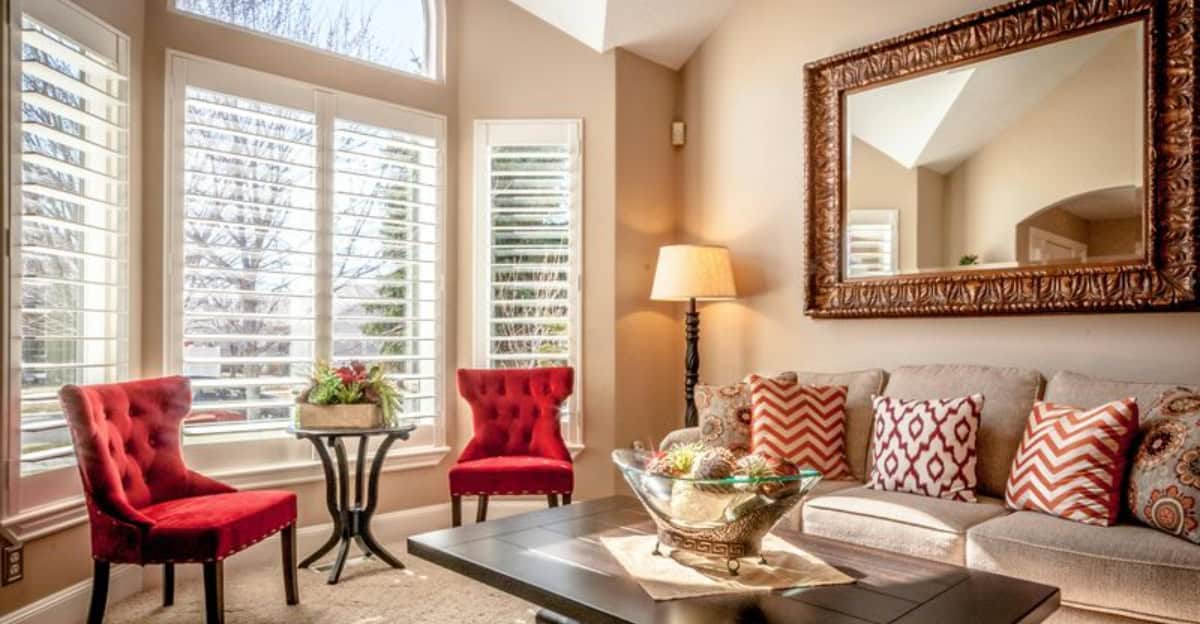More natural light in a home is often touted as a key design improvement, but how true is this universally?
While natural light has its undeniable benefits, its impact on home design can be both positive and negative.
This article explores these effects through 8 insightful points, helping homeowners understand when more natural light may enhance a space and when it might not.
Whether considering aesthetics, energy efficiency, or room functionality, each aspect is discussed to provide a comprehensive view of the role of natural light in home design.
1. Mood Enhancement
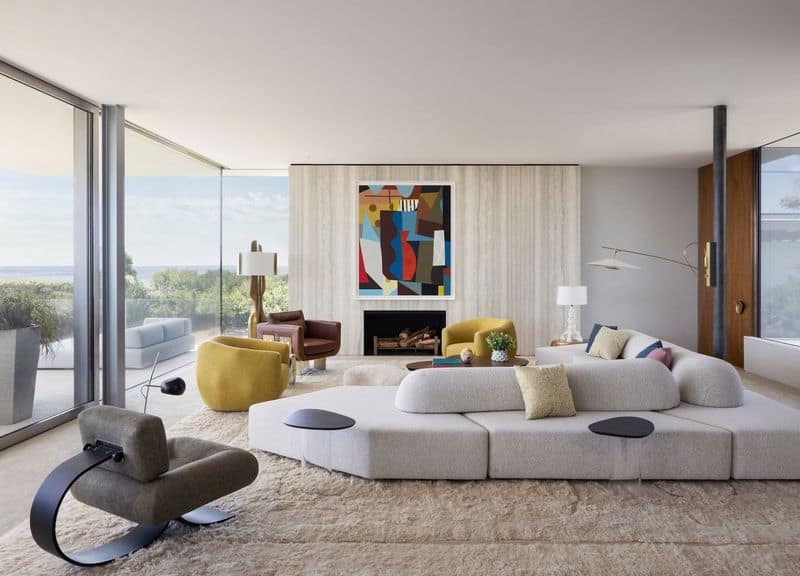
Natural light has been shown to enhance mood and improve overall well-being. Sunlit spaces often feel more inviting and joyful, impacting how you feel in your home.
With increased exposure to natural light, your body’s production of serotonin can rise, boosting your mood.
However, too much light can sometimes cause glare and discomfort, especially in spaces designed for relaxation. Balancing light with shading options can maximize mood benefits without negative effects.
Well-lit spaces should still offer areas of shade for comfort, ensuring an optimal living environment.
2. Energy Efficiency
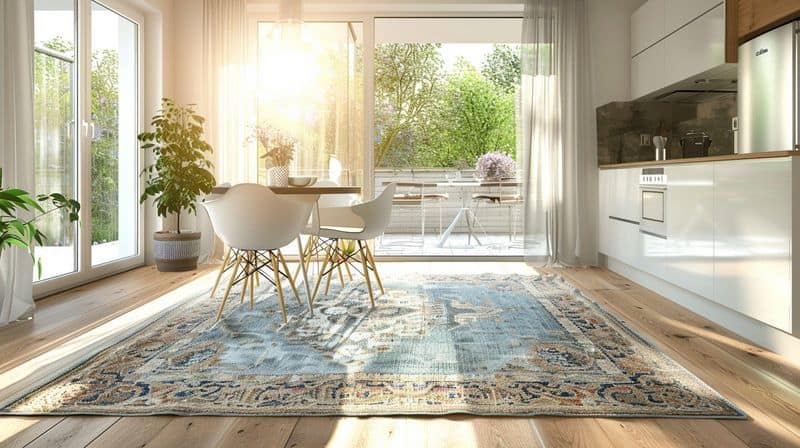
Utilizing natural light can significantly reduce energy consumption, lowering electricity bills and environmental impact.
Sunlight reduces the need for artificial lighting, particularly during the day. This energy efficiency aligns well with sustainable living goals.
Yet, excessive natural light might lead to overheating, increasing cooling costs. Effective window treatments and ventilation are crucial to maintaining temperature balance.
Integrating energy-efficient windows and smart designs can optimize light use without compromising comfort.
By controlling light entry, homes can achieve a balance between energy efficiency and indoor climate control.
3. Aesthetic Appeal
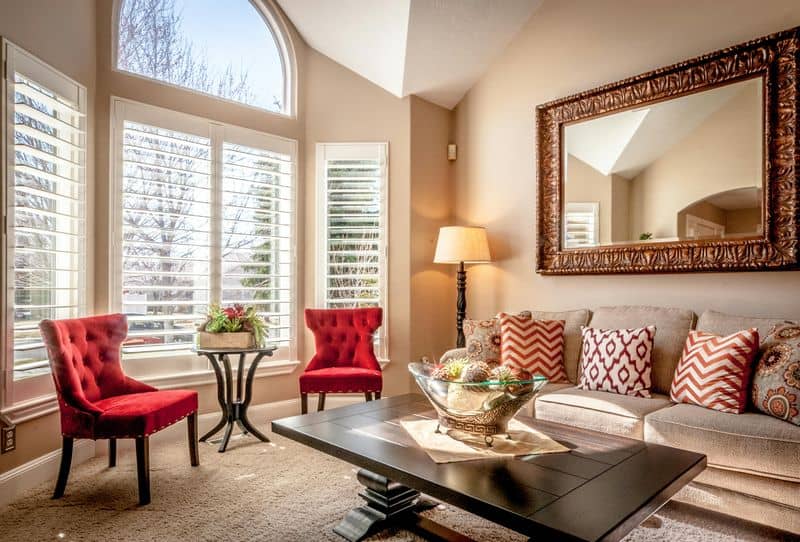
Natural light can dramatically enhance the aesthetic appeal of a space, highlighting architectural features and decor. It can create depth and dimension, bringing out the best in design elements.
However, too much light might wash out colors or cause fading in materials. Selecting appropriate window treatments can help control light levels, preserving the intended aesthetic.
Employing diffused light solutions, like sheer curtains or frosted glass, can maintain beauty without overwhelming the senses. The balance of light is key to maintaining a room’s aesthetic charm.
4. Health Benefits
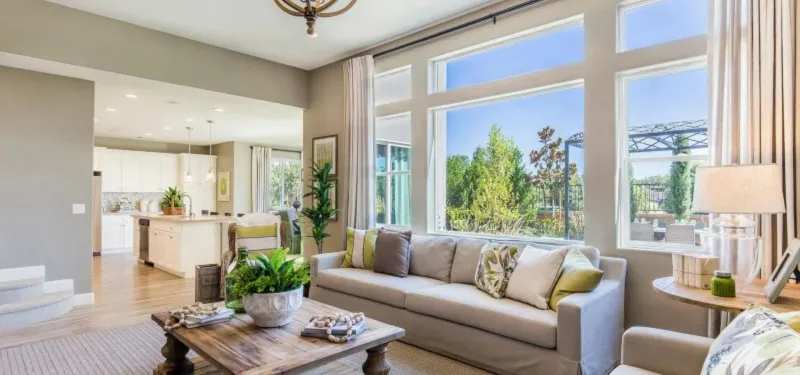
Natural light offers numerous health benefits, including improved Vitamin D production, which is essential for bone health. It also regulates circadian rhythms, contributing to better sleep patterns.
Nonetheless, excessive sunlight exposure can lead to skin damage or discomfort. To harness health benefits, it’s important to have spaces where light can be controlled.
Installing adjustable shades or blinds allows for customization, offering health benefits while minimizing risks. By creating adaptable spaces, homes can support wellbeing effectively.
5. Functionality

Natural lighting can enhance the functionality of spaces, making tasks easier and more pleasant to perform. It is especially beneficial in areas like kitchens and home offices where clarity is crucial.
Yet, too much light might cause glare on screens or work surfaces, hindering productivity. Strategically placed lighting controls can mitigate this issue, ensuring functionality isn’t compromised.
Understanding how light affects different activities enables tailored solutions. In workspaces, adjustable lighting solutions are invaluable, supporting diverse needs throughout the day.
6. Privacy Concerns
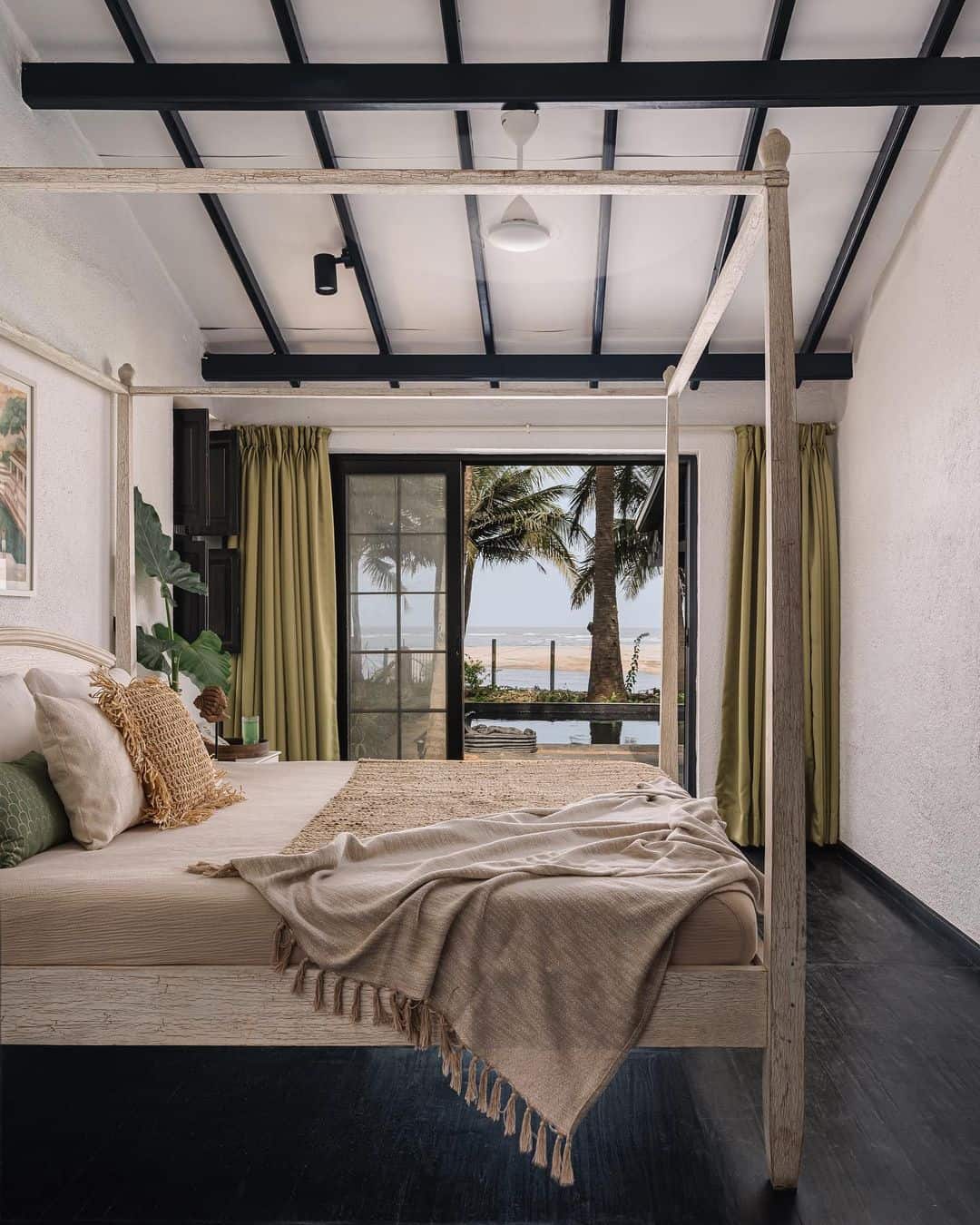
Large windows that allow natural light can sometimes compromise privacy, especially in urban settings. This openness can make residents feel exposed or uncomfortable.
To address this, incorporating privacy solutions such as frosted glass, window films, or well-placed curtains is essential. These allow for light entry while maintaining privacy.
The key is to find solutions that don’t block light entirely but offer enough barrier to ensure comfort.
Thoughtful window treatments can ensure that homes remain private sanctuaries without sacrificing light benefits.
7. Temperature Regulation
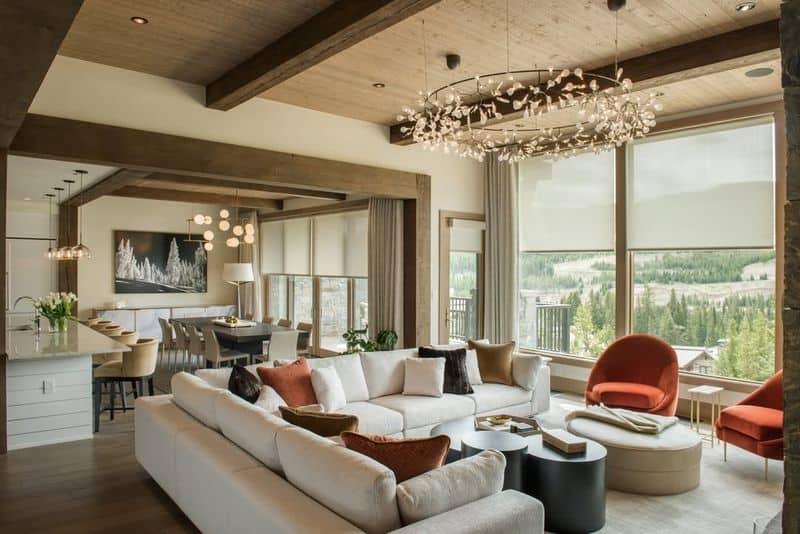
Natural light impacts a home’s temperature, which can be a benefit or a challenge. Properly harnessed, it can warm a home in winter, reducing heating needs.
Conversely, in summer, it can lead to overheating and increased air conditioning use. Using thermal drapes or low-emissivity coatings on windows helps manage this.
Strategic design and material choices help maintain comfortable interiors year-round. Effective temperature regulation through light management ensures spaces remain cozy and energy-efficient.
8. Design Flexibility
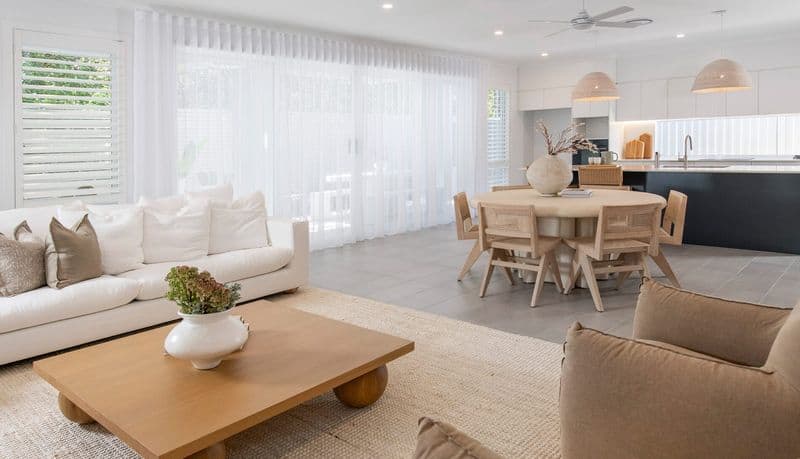
Natural light offers design flexibility, enabling creative solutions that adapt to various needs and times of day. Movable partitions or versatile furnishings can be arranged to take advantage of shifting light.
This adaptability allows spaces to serve multiple functions, from cozy retreats to lively gathering spots. Designing with light in mind encourages fluid, dynamic spaces that respond to daily and seasonal changes.
Embracing this flexibility can enrich living environments, making them more responsive and enjoyable.
Thoughtful design can leverage natural light to enhance both form and function in any home.

